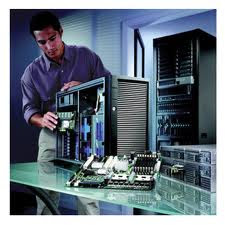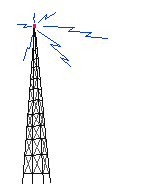Introduction
 Here you will learn about the computer troubleshooting tips, how to fix hardware errors, networking how to, and learn how to fix the software errors. Troubleshooting the computer problems is a very vital role of the system administrators, hardware technicians and system specialists. Every hardware component in the computer system has its own configurations methods and troubleshooting techniques.
Here you will learn about the computer troubleshooting tips, how to fix hardware errors, networking how to, and learn how to fix the software errors. Troubleshooting the computer problems is a very vital role of the system administrators, hardware technicians and system specialists. Every hardware component in the computer system has its own configurations methods and troubleshooting techniques. If you use a computer at your home or in office, this guide will be wonderful help for you in diagnostic and troubleshooting your basic computer problems. There are some basic techniques and you should be aware of them. If you encounter a slow boot up problem, there are some basic tips and by implementing these tricks you can increase the speed of your computer.



